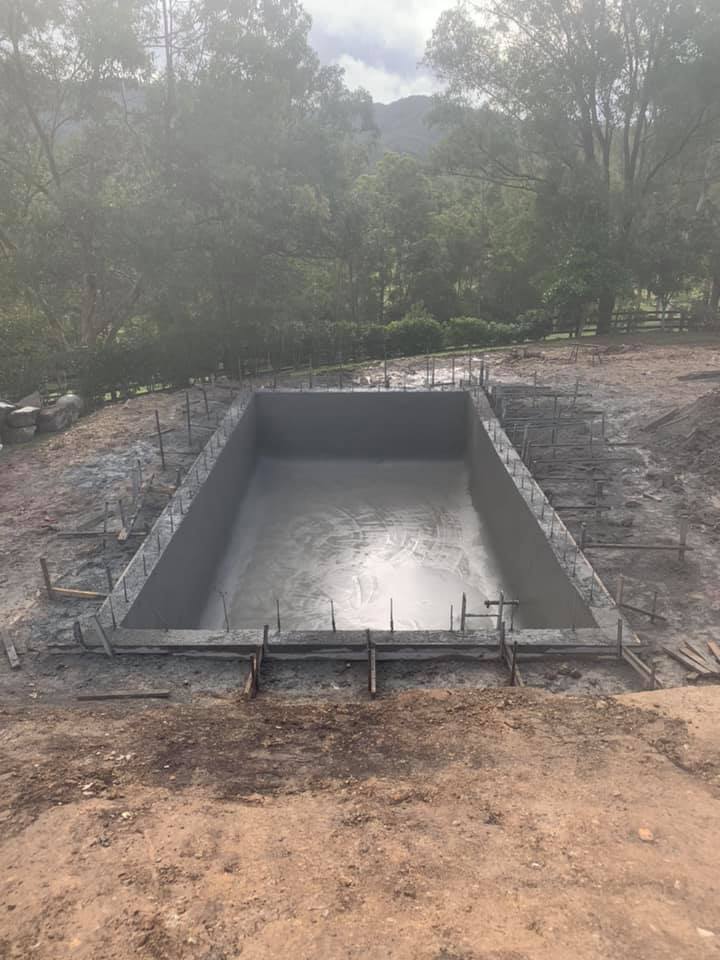In recent years, shotcrete has emerged as a game-changer in the construction and architectural industries worldwide, and Australia is no exception. This innovative material and application technique is transforming the way architects, engineers, and builders approach design and construction. From sleek, modern structures to sustainable and resilient buildings, shotcrete is redefining the possibilities of architectural design in Australia. But what exactly is shotcrete, and why is it making such a significant impact? Let’s explore how this technology is revolutionizing Australian architecture.
What is Shotcrete?
Shotcrete, also known as sprayed concrete, is a method of applying concrete at high velocity onto a surface using a hose and nozzle. Unlike traditional poured concrete, shotcrete can be applied vertically, overhead, or on complex shapes, making it incredibly versatile. It is commonly used in tunneling, mining, and slope stabilization, but its potential in architectural design is now being fully realized.
The Versatility of Shotcrete in Architectural Design
One of the key reasons shotcrete is revolutionizing Australian architecture is its unparalleled versatility. Architects are no longer constrained by the limitations of traditional building materials. Shotcrete allows for the creation of complex, curved, and organic shapes that were once difficult or impossible to achieve. This has opened up new avenues for creative and innovative designs.
For example, shotcrete is being used to construct futuristic, sculptural buildings with flowing lines and unique geometries. Iconic structures like the Sydney Opera House, with its distinctive shell-like design, could have benefited from shotcrete technology had it been available at the time. Today, Australian architects are using shotcrete to push the boundaries of what’s possible, creating visually stunning and functional spaces.
Sustainability and Efficiency
Sustainability is a growing concern in the construction industry, and shotcrete is playing a vital role in addressing this challenge. Shotcrete is an eco-friendly option for several reasons:
- Reduced Material Waste: Shotcrete is applied directly to the surface, minimizing material waste compared to traditional concrete pouring.
- Energy Efficiency: The application process requires less energy, and the material itself can be optimized for thermal performance, reducing the need for additional insulation.
- Durability: Shotcrete structures are highly durable and require less maintenance over time, contributing to long-term sustainability.
In Australia, where environmental concerns are paramount, shotcrete is becoming a preferred choice for architects and builders aiming to meet green building standards.
Speed and Cost-Effectiveness
Time is money in the construction industry, and shotcrete offers significant advantages in terms of speed and cost. The application process is faster than traditional methods, reducing labor costs and project timelines. This is particularly beneficial in Australia, where labor shortages and rising construction costs are ongoing challenges.
Additionally, shotcrete’s ability to adhere to almost any surface eliminates the need for formwork in many cases, further reducing costs. This makes it an attractive option for both large-scale commercial projects and smaller residential builds.
Applications in Australian Architecture
Shotcrete is being used in a variety of architectural applications across Australia, including:
- Residential Homes: From custom-designed swimming pools to modern, curved walls, shotcrete is becoming a popular choice for homeowners seeking unique and durable designs.
- Commercial Buildings: Architects are using shotcrete to create striking facades, interior features, and even entire structures that stand out in urban landscapes.
- Public Infrastructure: Shotcrete is being used in the construction of bridges, tunnels, and retaining walls, combining functionality with aesthetic appeal.
- Landscaping and Outdoor Spaces: Shotcrete is ideal for creating sculptural elements, water features, and retaining walls in gardens and public spaces.
Case Studies: Shotcrete in Action
Several Australian projects highlight the transformative potential of shotcrete in architectural design:
- The Green Spine Project, Melbourne: This ambitious development features curved, organic shapes that were made possible through shotcrete technology. The material’s flexibility allowed the architects to achieve their vision of a sustainable, visually striking building.
- Private Residences in Sydney: High-end homes in Sydney are increasingly incorporating shotcrete for custom swimming pools, outdoor entertainment areas, and even entire facades, showcasing the material’s versatility and aesthetic appeal.
The Future of Shotcrete in Australian Architecture
As technology continues to advance, the potential for shotcrete in architectural design is only growing. Innovations such as fiber-reinforced shotcrete and 3D-printed shotcrete forms are pushing the boundaries even further. These developments are enabling architects to create structures that are not only beautiful but also stronger, more sustainable, and more cost-effective.
In Australia, where the demand for innovative and sustainable building solutions is on the rise, shotcrete is poised to play a central role in shaping the future of architecture. Whether it’s a cutting-edge commercial building, a custom-designed home, or a public infrastructure project, shotcrete is proving to be a versatile and transformative material.
Conclusion
Shotcrete is more than just a construction material—it’s a tool for innovation and creativity. By offering unparalleled versatility, sustainability, and efficiency, it is revolutionizing Australian architectural design. As architects and builders continue to explore its potential, we can expect to see even more groundbreaking projects that push the boundaries of what’s possible. For anyone involved in the construction industry, shotcrete represents an exciting opportunity to create structures that are not only functional but also works of art.
Whether you’re an architect, builder, or homeowner, now is the time to embrace the shotcrete revolution and unlock its potential for your next project. The future of Australian architecture is here, and it’s being shaped by shotcrete.





Comments